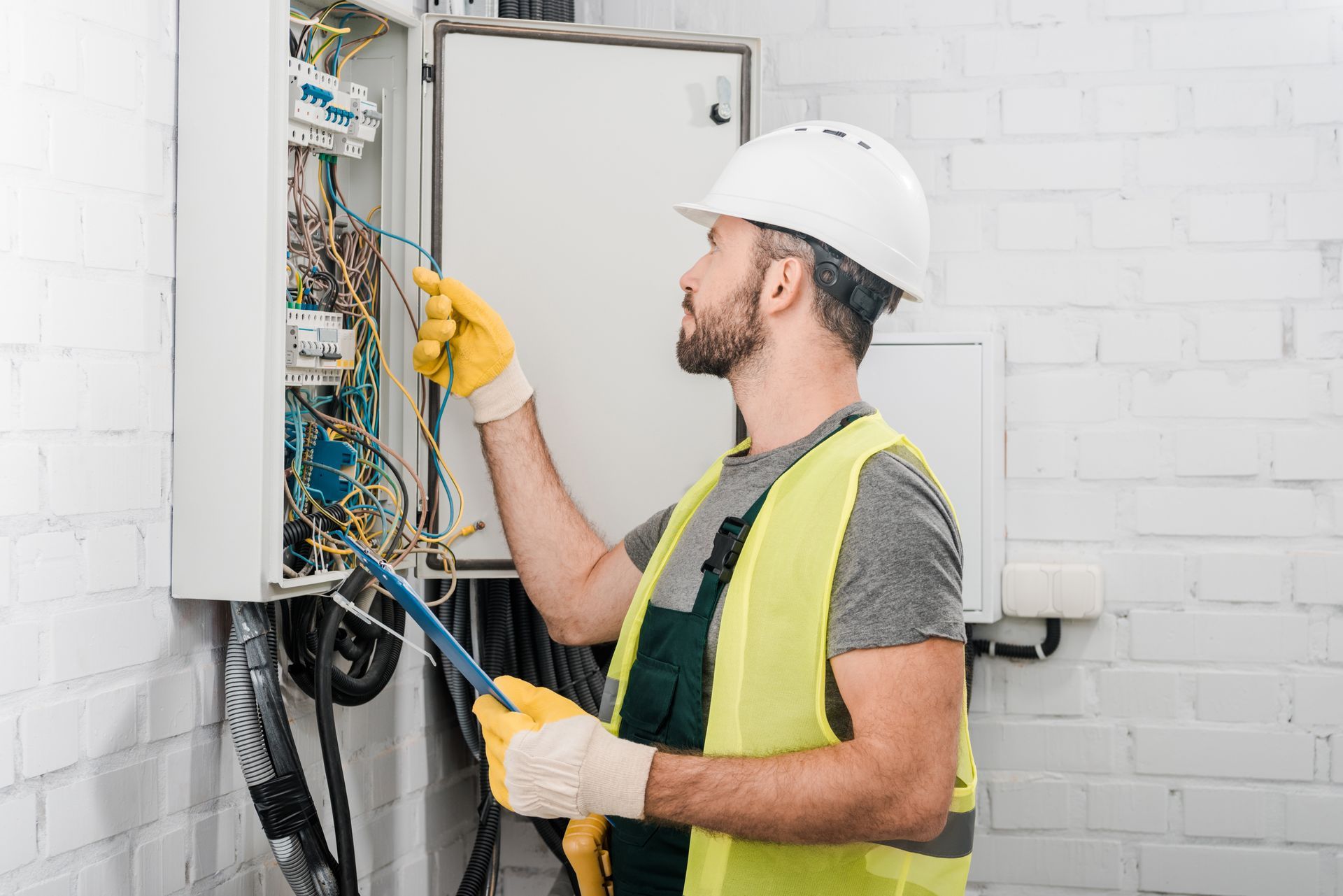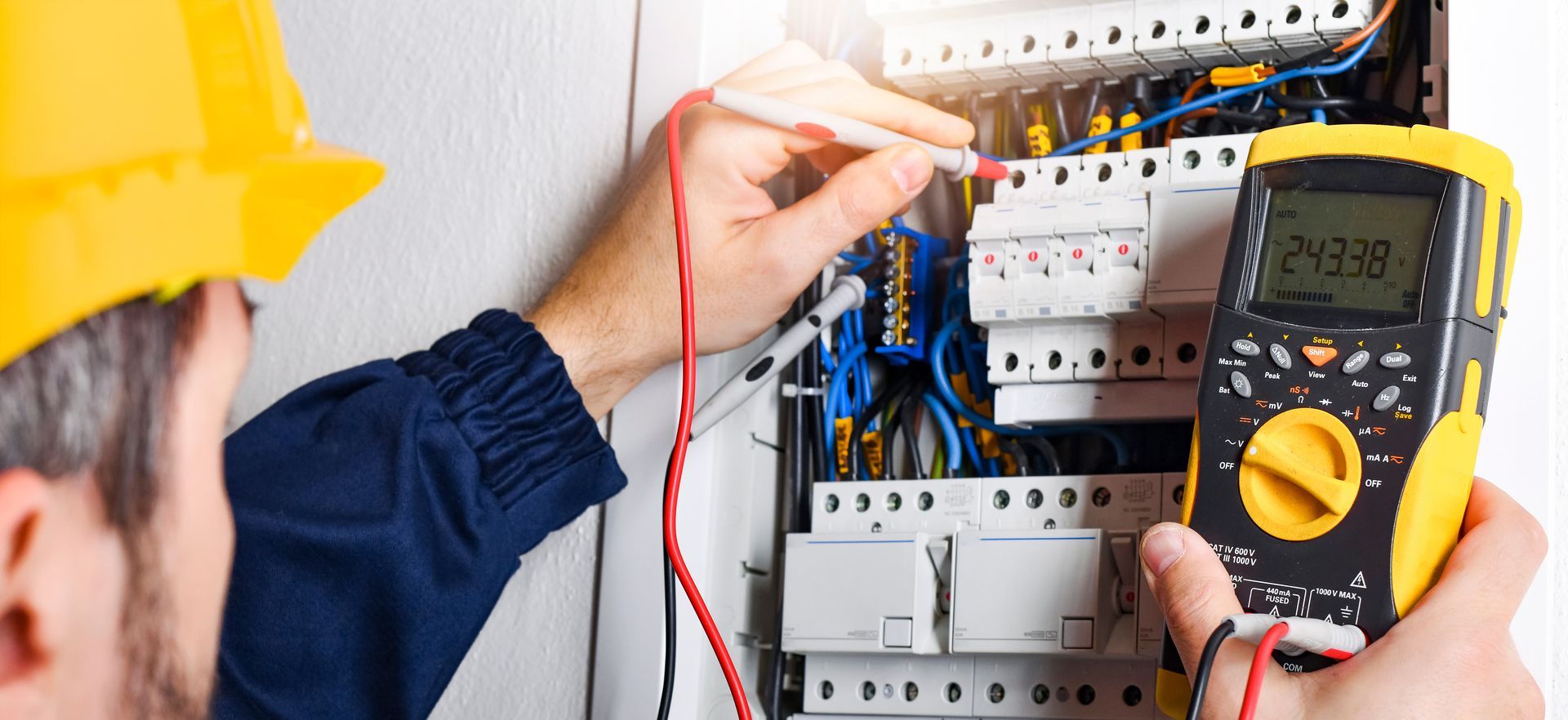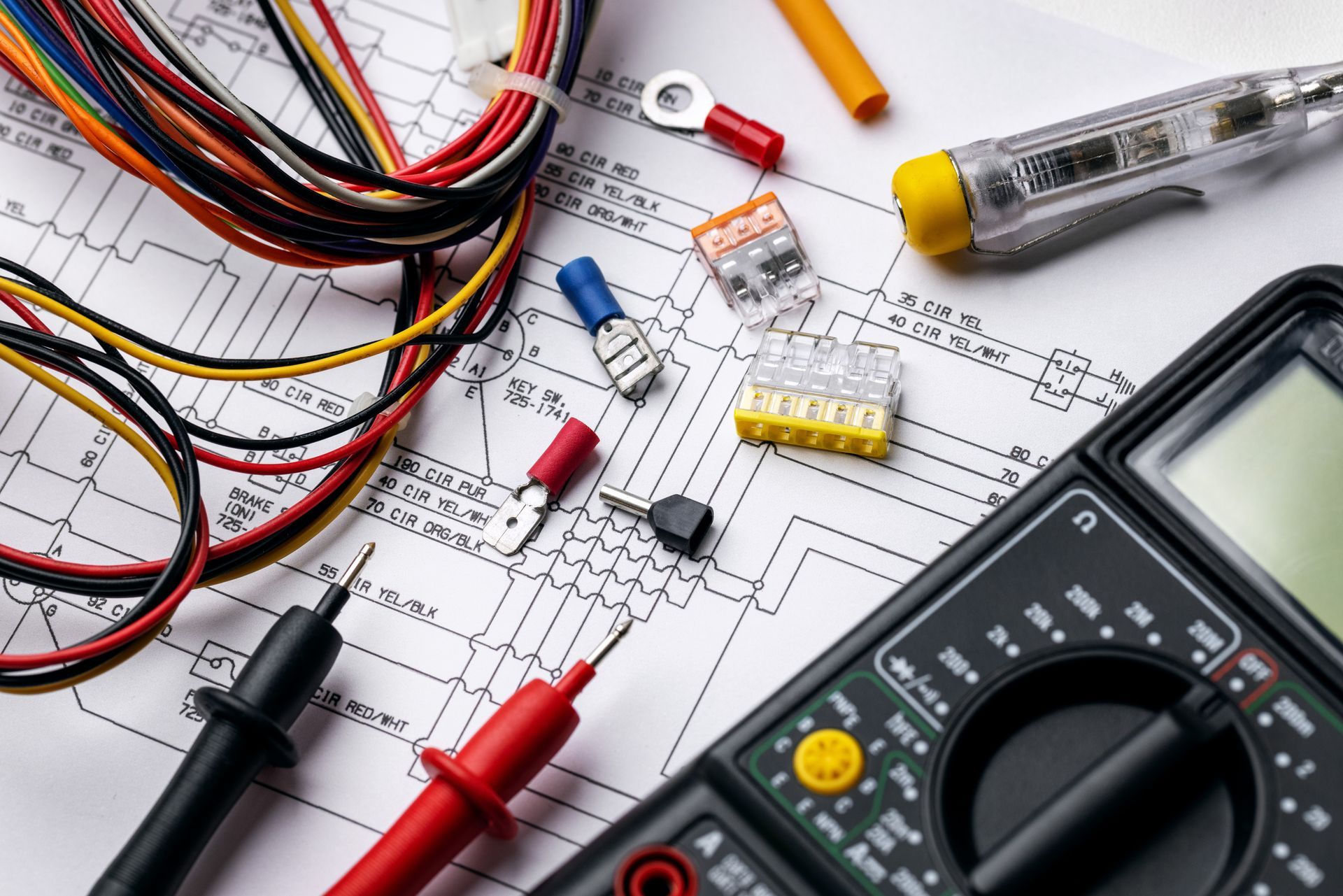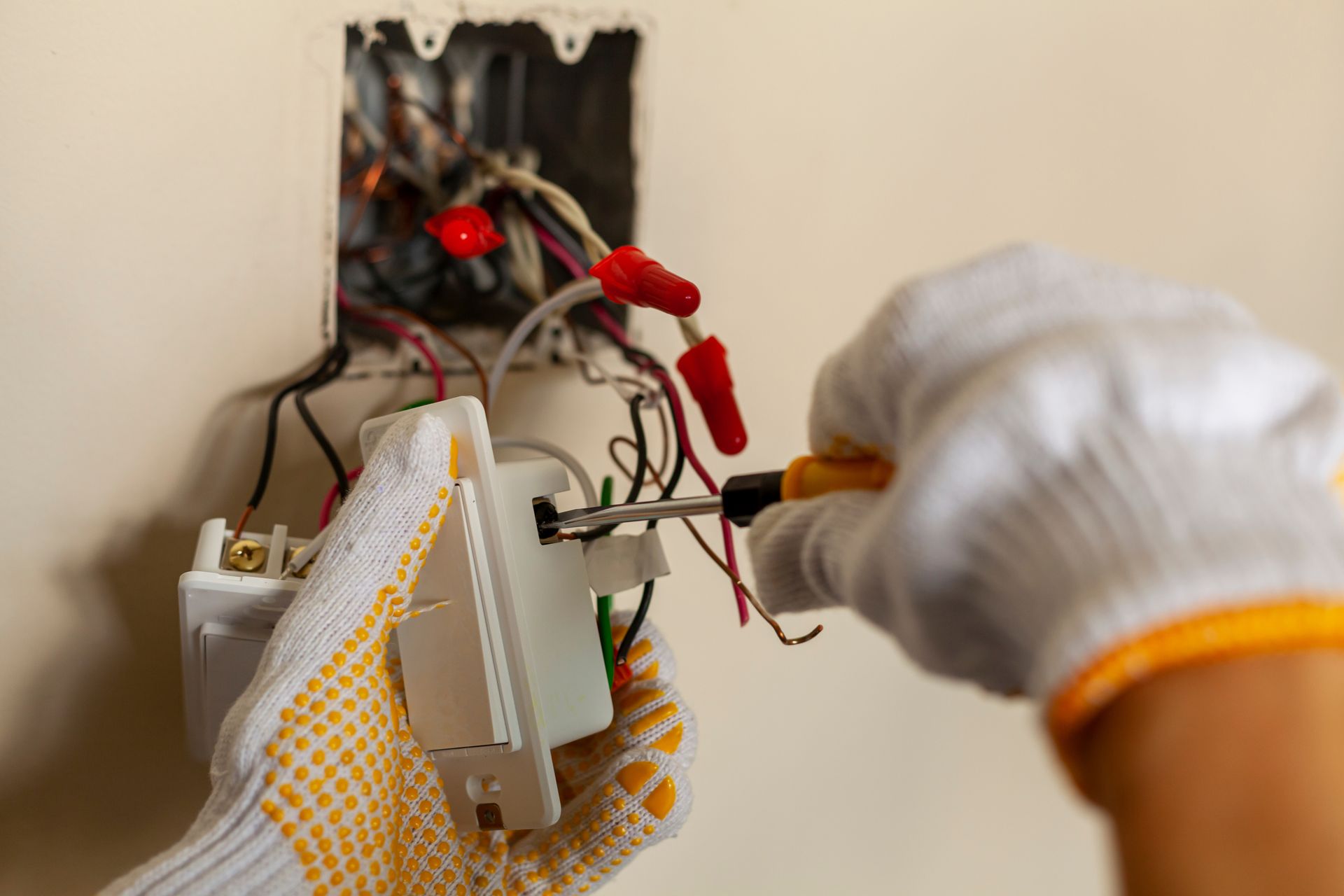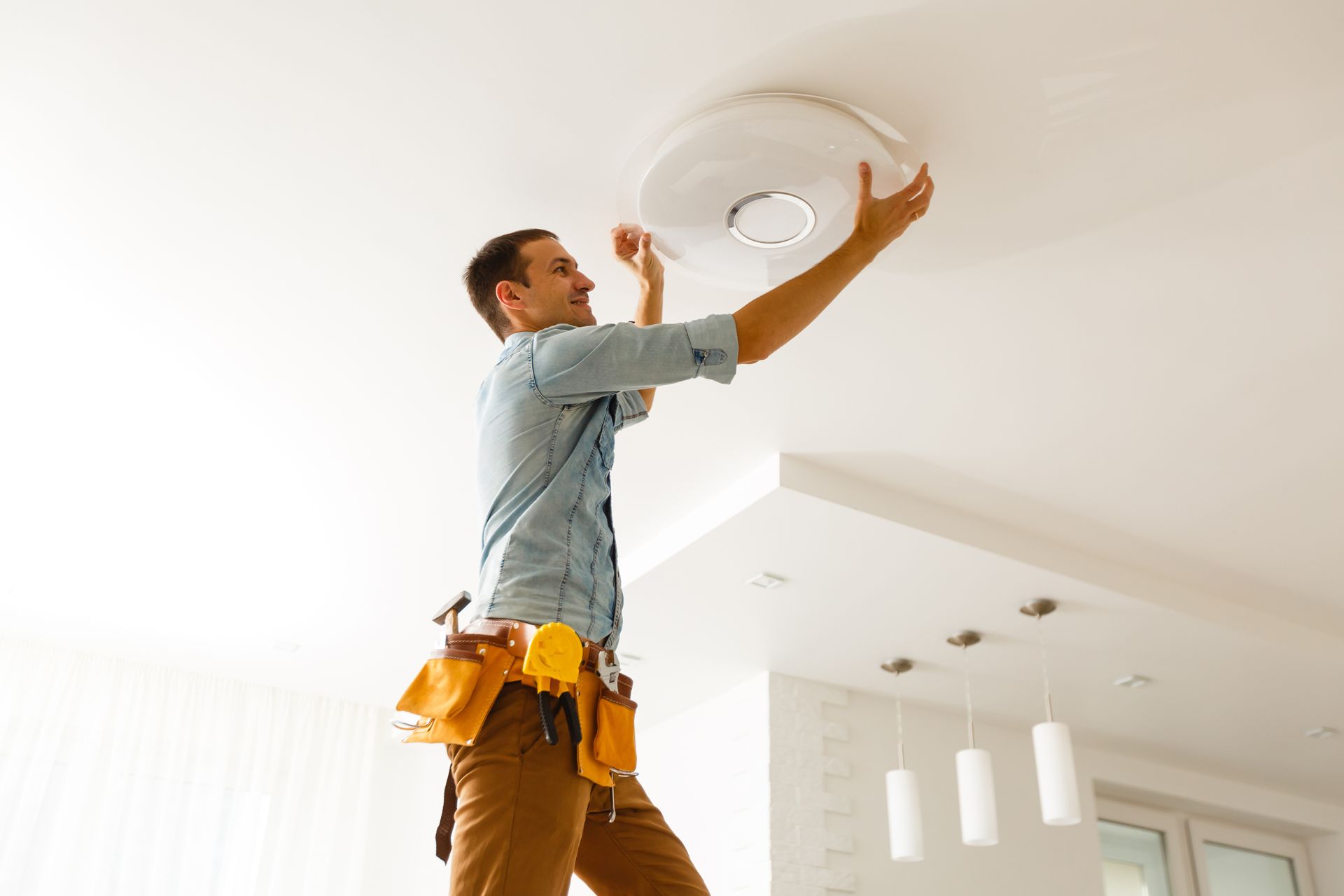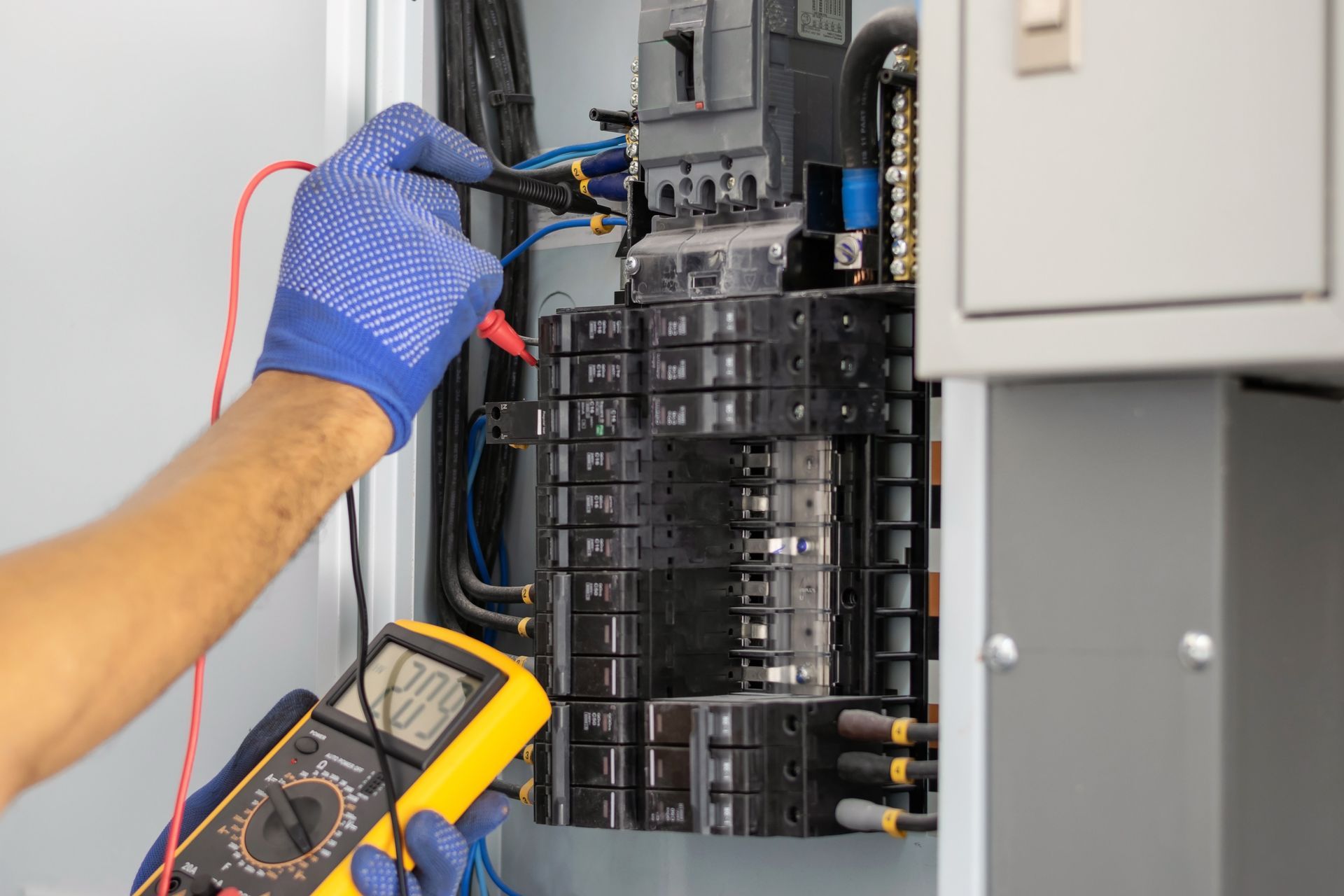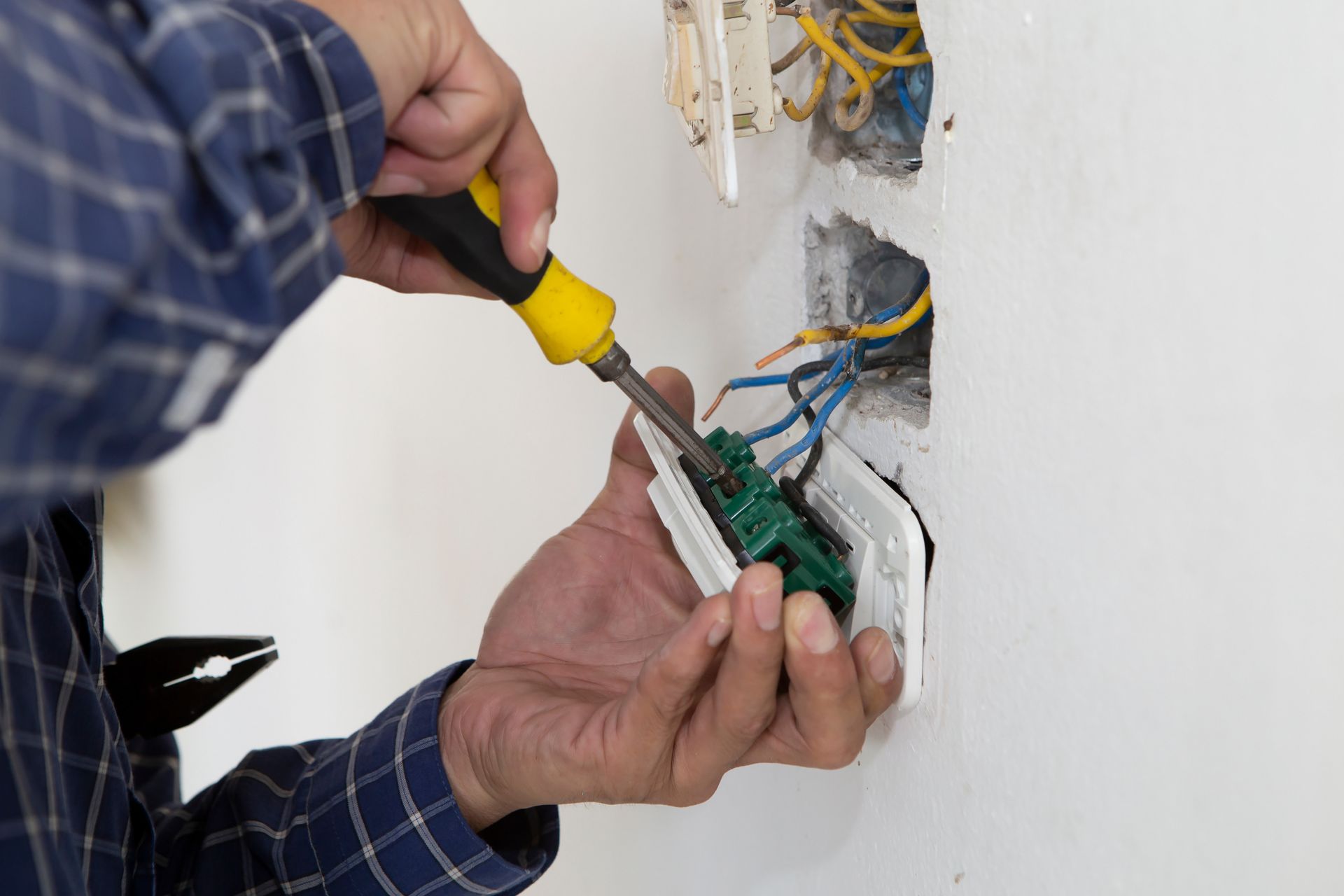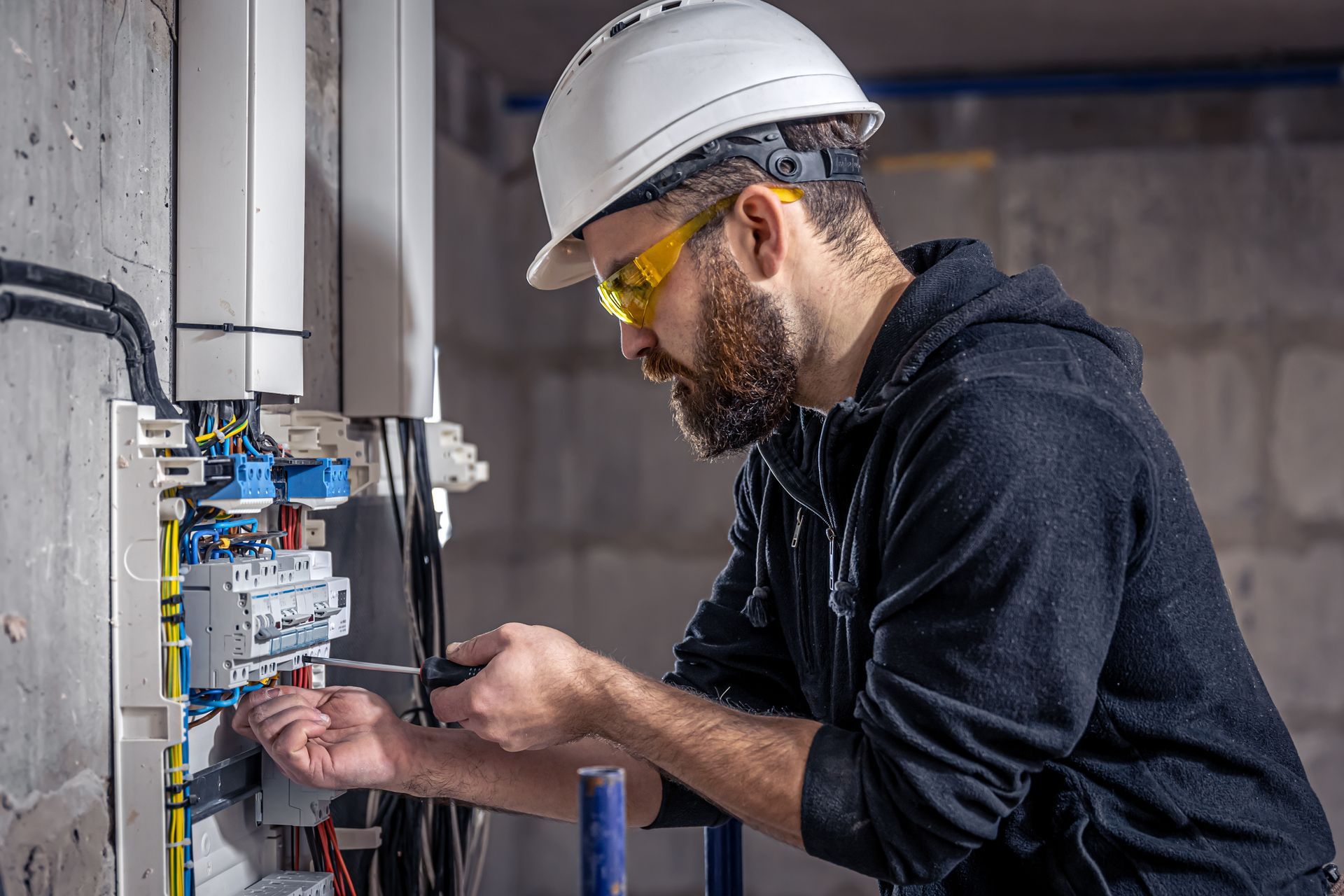How to Deal with Tripped Circuit Breakers. Our Guide
While you're casually using your home appliances, the power may suddenly, spontaneously shut down. This is due to several power outage concerns that affect your home’s electrical circuit. It's mainly because of requiring or receiving too much power to and from your appliances, demanding circuit intervention, or a short circuit. Once this occurs, your home's circuit breaker trips to protect itself from further damage.
How to Deal with Tripped Circuit Breakers
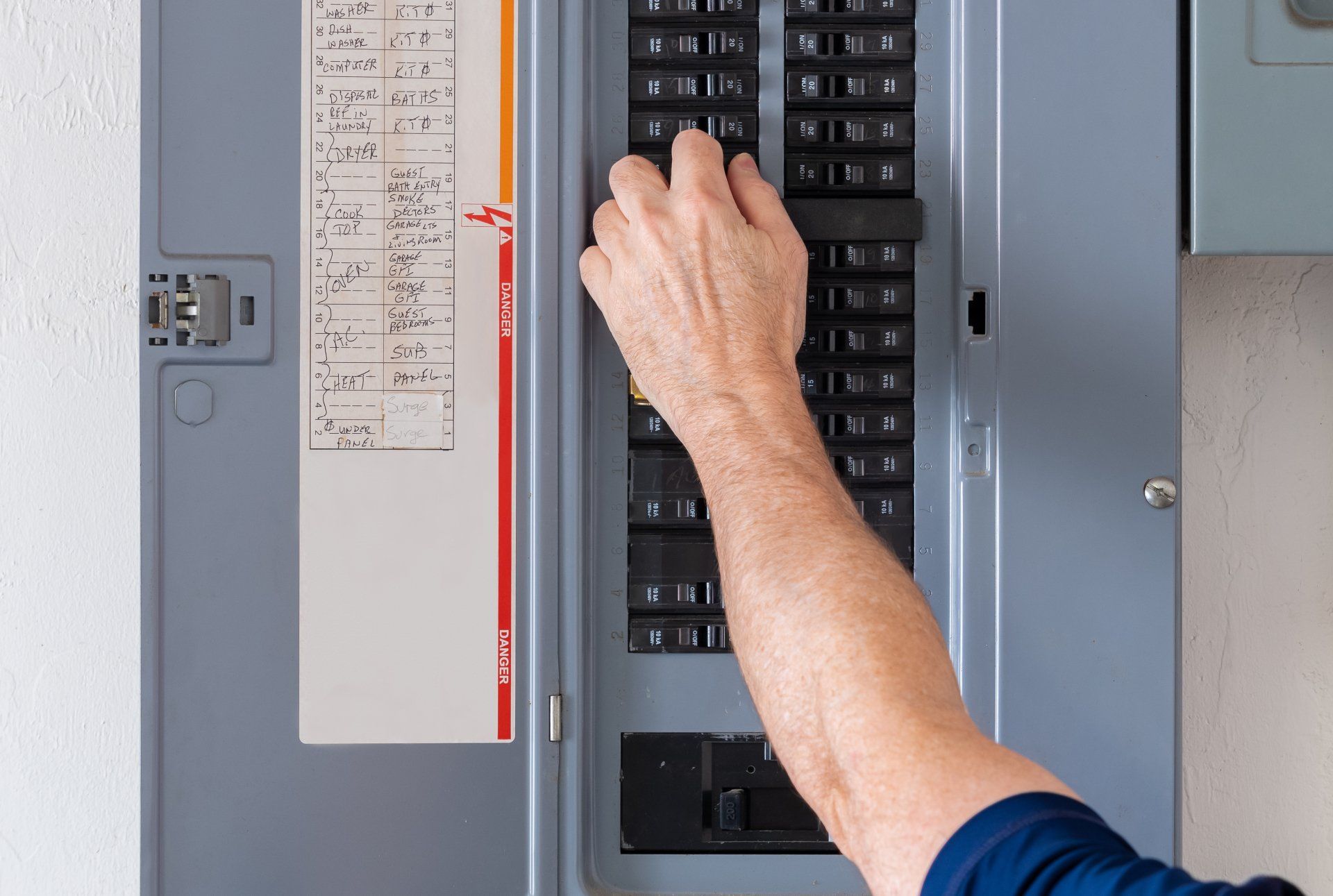
Although it can feel like an inconvenience, a short circuit is necessary to prevent any potential risk of damaging its system. Since this automatic response is a self-defense mechanism, you won't have control over when a circuit breaker occurs. However, you may need to turn your home's circuit breaker back on safely to get power back.
If your home has a tripped circuit breaker, we have a four-step guide you can follow to bring power back to your home safely.
Step #1: Inspect Your Circuit Breaker Box
A conventional circuit breaker box is gray metal service box you can find in the basement, laundry room, or garage. Once you open the metal door, you'll see several switches with an indicator of ON and OFF switches. When your circuit breaker trips, some of these levers will switch to the OFF position automatically. If all the levers are in the ON position, you may have a different electrical issue. If at least one is in the OFF position, proceed to the next step.
Step #2: Turn Off as Many Lights and Appliances
Generally, it's best to have no appliances or lighting fixtures drawing power when resetting a circuit breaker. Doing so prevents any sudden electrical surge that can overwhelm an appliance. Besides turning off some appliances, don't forget to unplug ones that automatically draw electricity like microwaves, TVs, and refrigerators.
Step #3: Flip the OFF Breaker Lever
After securing all your light switches and appliances, you can now flip the breaker's OFF switches back ON to restore your electrical system. Depending on your fuse box's design, you may need to push the lever first before moving it to the ON position. You'll hear a significant clicking sound and feel a slight sensation from the switch. This will indicate that power has been restored to your circuit.
Step #4: Test Your Appliances
After successfully restoring your circuit breaker, you should test a low-energy-consuming appliance to see if the power has returned. Although it's simpler to turn on a light switch, the bulb may receive too much energy and break internally or shatter completely. For this reason, opt for a smaller appliance first and gradually increase your home's power usage instead.
Keep the breaker's metal door open so you can immediately see any changes that could occur. If the circuit breaker trips again immediately after you restore power, you may have a more severe issue. During these scenarios, it's best to seek help from a professional electrician.
Conclusion
It's not uncommon to restart your circuit breaker during uncontrollable circuit outages. However, if your electricity doesn't return after following the guide above, you may have other issues beyond increased power output. If this is the case, don't attempt to remedy or fix your circuit breaker yourself. Instead, consult a professional electrician in your local area to diagnose the root cause of your home's energy issues.
Our trained
electrical contractors at B Town Electric have the proper training and expertise to handle all your electrical concerns. We’re based in Belchertown, MA and serve Western Massachusetts. Schedule a
free online electrical estimate and we'll contact you to schedule an appointment.
Questions? Contact our main office
Schedule a Free Quote. Submit a free quote request online
